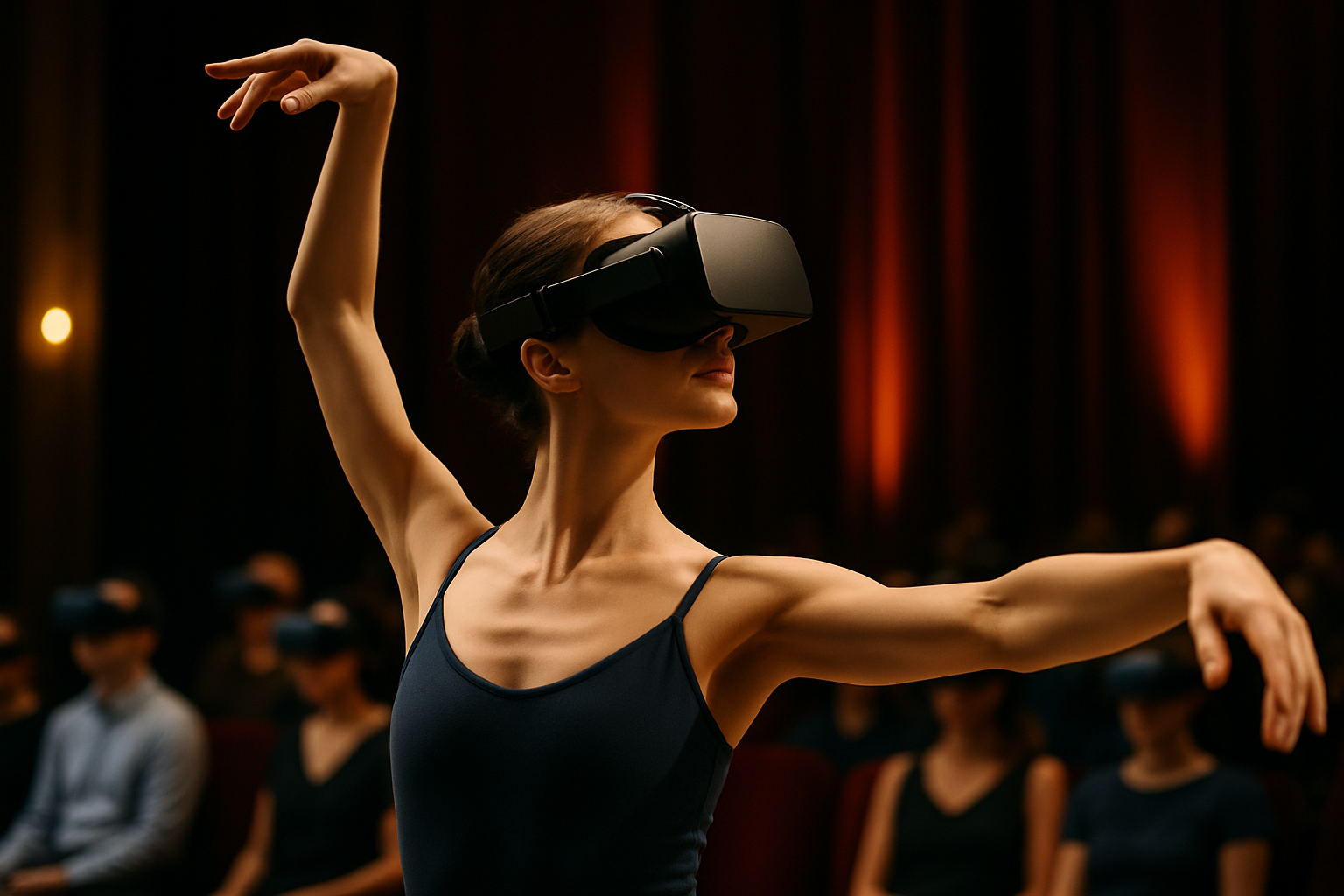Avant-Garde Puppetry: Redefining Performance Art
In the ever-evolving landscape of contemporary art, a surprising renaissance is taking place in the world of puppetry. Far from the traditional marionettes and hand puppets of children's entertainment, avant-garde puppeteers are pushing the boundaries of performance art, blending cutting-edge technology, immersive storytelling, and provocative themes to create experiences that challenge audiences and redefine the medium. This resurgence of experimental puppetry is captivating critics, artists, and theatergoers alike, sparking a renewed interest in this ancient art form and its potential for innovative expression.

Pioneering Artists and Movements
The seeds of avant-garde puppetry were sown by visionaries like Edward Gordon Craig, who proposed the concept of the Über-marionette as an ideal performer, free from the limitations of human actors. This idea inspired subsequent generations of artists to experiment with puppetry as a means of abstract and symbolic expression. The Bauhaus movement, with its emphasis on integrating art, technology, and design, also played a crucial role in expanding the possibilities of puppet theater.
Technological Integration and Digital Puppetry
In recent years, the fusion of traditional puppetry techniques with cutting-edge technology has opened up new frontiers for avant-garde artists. Digital puppetry, incorporating elements of animation, motion capture, and virtual reality, allows for unprecedented control and manipulation of puppet characters. These innovations have not only enhanced the visual spectacle of puppet performances but have also enabled artists to explore complex themes and narratives in ways previously unimaginable.
Immersive Experiences and Audience Participation
One of the most exciting developments in avant-garde puppetry is the trend towards immersive and interactive performances. Breaking away from the constraints of traditional theater spaces, puppeteers are creating site-specific installations and roaming performances that blur the lines between audience and performer. These immersive experiences challenge viewers to engage with the art form in new and often deeply personal ways, transforming passive spectators into active participants in the unfolding narrative.
Provocative Themes and Social Commentary
Contemporary avant-garde puppeteers are not shying away from tackling complex and controversial subjects. From political satire to explorations of identity, sexuality, and environmental issues, puppet theater has become a powerful medium for social commentary and artistic expression. The ability of puppets to embody abstract concepts and represent marginalized voices has made them particularly effective in addressing sensitive topics and challenging societal norms.
Critical Reception and Cultural Impact
The resurgence of avant-garde puppetry has not gone unnoticed by the art world. Major museums and galleries are increasingly featuring puppet-based installations and performances, while prestigious festivals are dedicating entire programs to innovative puppet theater. Critics are praising the medium’s ability to surprise, provoke, and emotionally engage audiences in ways that traditional theater sometimes struggles to achieve. As a result, a new generation of artists is being drawn to puppetry, ensuring its continued evolution and relevance in the contemporary art scene.
Educational Initiatives and Workshops
The growing interest in avant-garde puppetry has led to an increase in educational programs and workshops dedicated to the craft. Universities and art schools are offering courses that combine traditional puppetry techniques with new media and performance art practices. These initiatives are not only training the next generation of puppet artists but are also fostering interdisciplinary collaborations that further push the boundaries of the medium.
Future Directions and Potential
As technology continues to advance and artists push the limits of their creativity, the future of avant-garde puppetry looks bright and full of potential. From AI-driven puppets that can interact with audiences in real-time to large-scale environmental installations that turn entire landscapes into living puppet theaters, the possibilities for innovation seem endless. The ongoing exploration of puppetry as a means of artistic expression promises to yield exciting new forms of performance art that will continue to captivate and challenge audiences for years to come.




